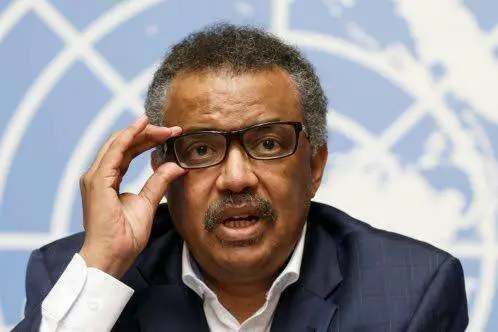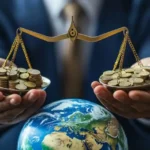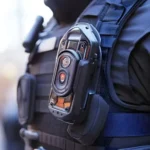As health officials exchanged weary handshakes and closed laptops early Wednesday morning, a long-awaited global pact on pandemic prevention quietly crossed the finish line. But behind the celebratory applause lies a fragile compromise stitched together by necessity rather than unity.
Three years of stalled negotiations, bruised egos, and widening rifts between wealthy and developing nations culminated in a deal many view as the world’s attempt to repair its reputation after the chaos of COVID-19.
“This isn’t a victory lap. It’s damage control,” said one European diplomat, who asked not to be named due to the sensitivity of the discussions.
A Deal Born from Pressure, Not Partnership
The agreement, totaling 32 pages, outlines a framework for how nations should coordinate during future outbreaks—setting guidelines for information sharing, medical supply distribution, and research cooperation.
But critical elements were diluted in the final hours.
The fiercest battles centered on pharmaceutical equity. Developing countries pushed for enforceable guarantees to access vaccines and treatments during global health emergencies. The result? A watered-down clause that recommends, rather than requires, the transfer of health technologies—“when mutually agreed.”
It’s a line that satisfied no one but averted collapse.
U.S. Absence Casts Long Shadow
Notably absent from the final rounds was the United States, a former heavyweight in global health diplomacy. After withdrawing from the talks under former President Trump, the U.S. left a power vacuum that others scrambled to fill.
Washington’s absence, paired with threats of pharmaceutical tariffs and sweeping foreign aid cuts, loomed large. “It’s hard to negotiate trust when the room’s missing a key player,” remarked one African health delegate.
A Textbook Case of Lessons Half-Learned?
While the WHO hailed the agreement as a “generational step forward,” critics argue it fails to address the core failures exposed during COVID-19—chief among them, global inequity.
“It’s a framework, not a failsafe,” said Dr. Reena Suri, a global health policy expert. “We still don’t have binding mechanisms to prevent vaccine nationalism or medical hoarding.”
Still, the deal marks the first time in modern history that nations have attempted to formalize how they’ll collectively respond to a health emergency. The pact now heads to the World Health Assembly in May for final adoption.
A Symbol or a Solution?
Whether this accord signals real progress or becomes another shelved treaty remains to be seen. But one truth lingers beyond the official statements and press briefings: when the next pandemic strikes, no country can claim ignorance.
And this time, there will be paper trails.






